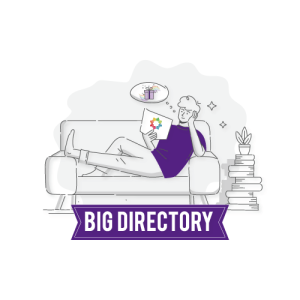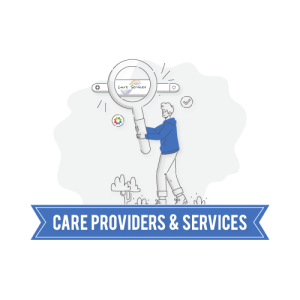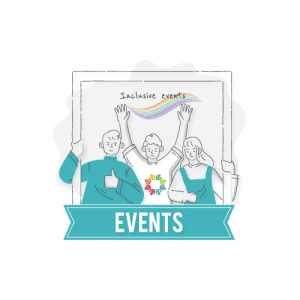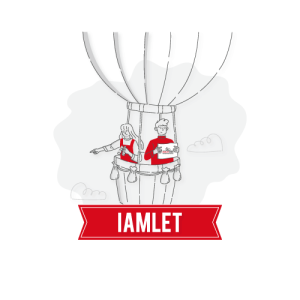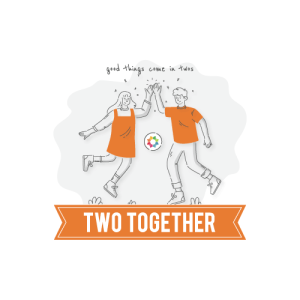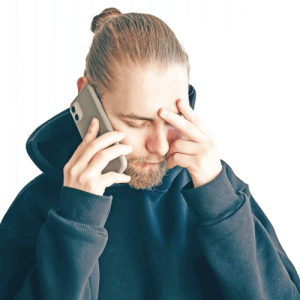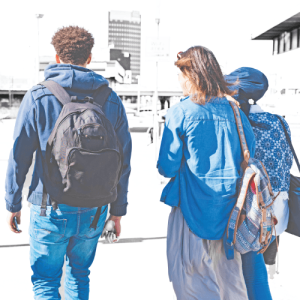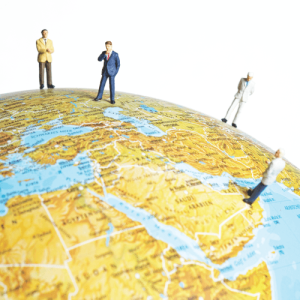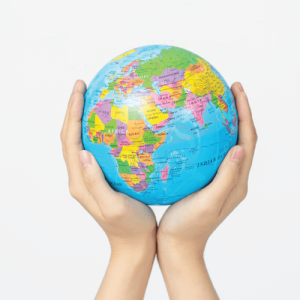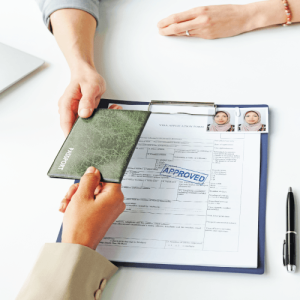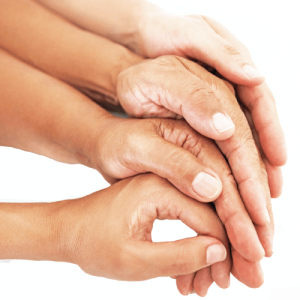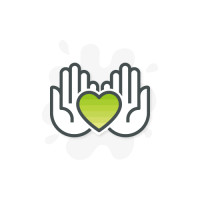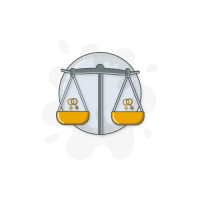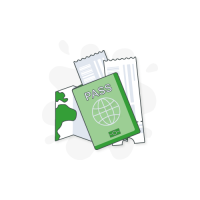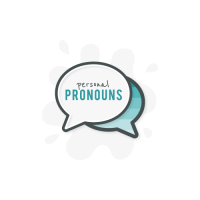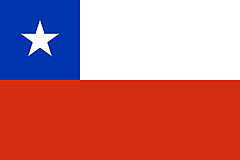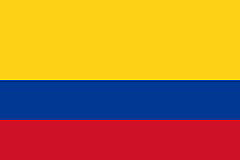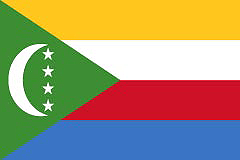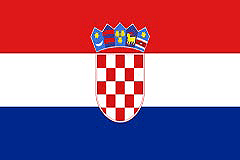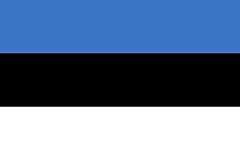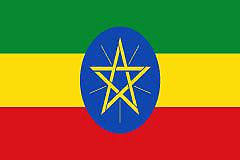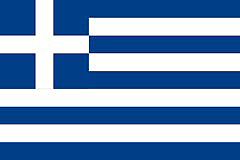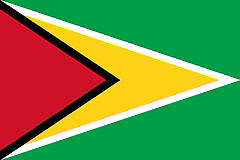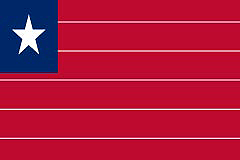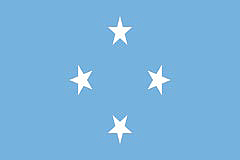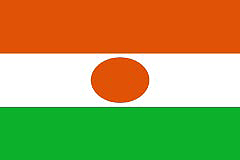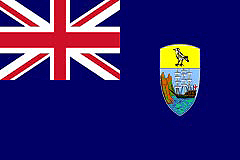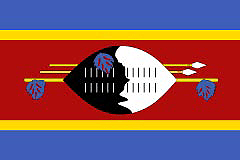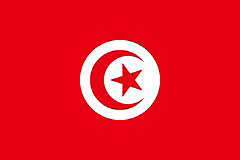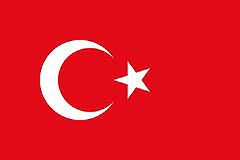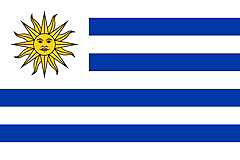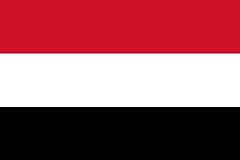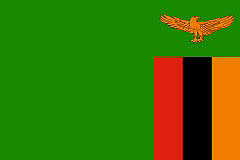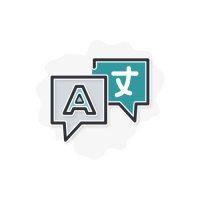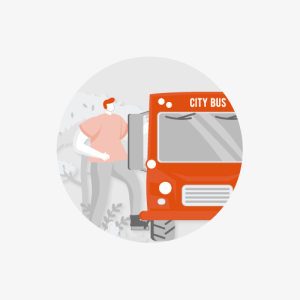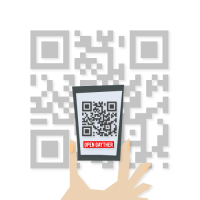
Worldwide LGBTQIA+ Gender Identity Recognition
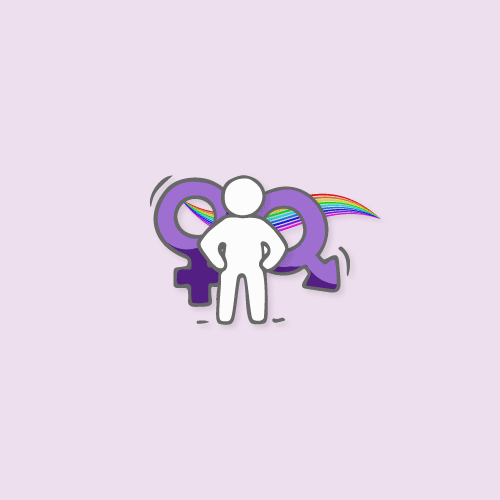
98 (or 42.1%) of all countries around the world legally recognise gender identities
Intersex, transgender, agender, genderfluid, gender non-conforming, non-binary, and all the non-traditional gender identities are all groups within the LGBTQIA+ community that relate specifically to gender. Gender identity groups have historically been underrepresented; however, there have been positive developments over the past five years, and advocates have helped ensure that they gain greater exposure.
The LGBTQIA+ Gender Recognition index focuses on countries that legally recognise gender identities, the requirements required to obtain legal recognition such as sterilisation or reassignment surgery, and whether a government issues legal documentation


- 41% or 88.1 million LGBTQIA+ individuals live within countries classified as high or very high regarding gender identity recognition
- Europe is the continent with the highest number of countries recognising gender identities at 15.9% or 37 countries, followed by the Americas at 9.9% or 23 countries
- Only 2.6% of all countries (6) around the world recognise the third gender; those countries are Bangladesh, Germany, India, Lithuania, the United States of America (USA) and Samoa
- Asia has the highest concentration of countries requiring surgery at 6.4% or 15 countries
- Europe is the continent with the highest number of countries recognising gender identities at 15.9% or 37 countries, followed by the Americas at 9.9% or 23 countries
- Africa is the continent with the lowest number of countries recognising gender identities at 2.6% or 6 countries
- 13.7% or 32 countries around the world require an individual to undergo sexual reassignment surgery, and 3.4% or =Sheet3!G39 countries require an individual to be sterilised to change genders legally
- Europe has the highest concentration of countries requiring sterilisation at 2.1% or 5 countries, followed by Asia at 1.3% or 3 countries
- Asia has the highest concentration of countries requiring surgery at 6.4% or 15 countries, followed by Europe at 3.4% or 8 countries
- Only 2.6% of all countries (6) around the world recognise the third gender; those countries are Bangladesh, Germany, India, Lithuania, the United States of America (USA) and Samoa
- 28% or 66 countries around the world are classified as high or very high concerning gender identities
- The continents with the largest number of low or very low statuses are Africa at 21.9% or 51 countries, followed by Asia at 13.3% or 31 countries
- The continents with the largest number of high or very high statuses are Europe at 12.4% or 29 countries, followed by the Americas at 8.2% or 19 countries
- 41% or 88.1 million LGBTQIA+ live within countries classified as high or very high, whereas 49% or 105.1 million live within countries classified as low or very low within the gender identity index
- Andorra passed a law allowing transgender individuals to legally change their gender without the need for surgery or sterilisation. In Hong Kong, the appeal courts ruled that the government’s policy relating to forcing transgender individuals to undergo surgery before legally changing their gender was unconstitutional.
- Spain’s Ley trans bill came into effect, which allows transgender individuals to legally change their gender by signing a declaration without the need for psychological counselling; similarly, New Zealand changed the Human Rights Act 1993 to allow transgender individuals to change their gender on birth certificates by self-determination.
- Germany passed a law easing the legal procedures for changing names and gender identity. Sweden passed a law lowering the minimum age to change gender from 18 to 16 legally.
- Russia reversed progressive laws and has now made it illegal for transgender individuals to change their gender.
TAKING PRIDE IN YOU
 Click on a specific country within the map to find out if laws exist relating to gender identity recognition
Click on a specific country within the map to find out if laws exist relating to gender identity recognitionDISCOVER HOW WELL THE COMMUNITY ARE TREATED..

Gender is made of two components, anatomy and definition. Anatomy is how someone is born, typically male, female or intersex. In contrast, a definition is what we learn about what it means to be male or female. Gender definitions are taught and will vary depending on the culture, society, traditions or history. As we grow up, we are being taught what it means to be a specific gender, resulting in some people not identifying with their gender or sex assigned at birth. Many instead identify as the opposite sex, shifting from masculine or feminine or not identifying as either gender. Once individuals become aware of their true identity, the challenge is to get society and governments to accept who they are through legal recognition.
Gender and how we identify are not only on official documentation or how people address us; but also in the words we use to describe people, objects, or possession. Most languages have masculine and feminine words, and possession is based on whether you identify as male or female. Even English gender titles feature a masculine influence, with male, men or man in female gender titles. The use of non-gendered pronouns helps people that cannot identify with a binary description of male or female, those that shift within the gender spectrum or those that feel gender pronouns do not represent them.
Over the past 50 years, and as the LGBTQIA+ community and gender identities have become better understood, more countries have created laws and protections designed to help people from non-traditional gender identities. Anti-discrimination legalisation ensures LGBTQIA+ individuals are not discriminated against and legal recognition for individuals who want to align their documentation to reflect their true identity. Gender recognition rules vary by country; however, countries typically recognise a change of gender when a person undergoes sterilisation or sex reassignment surgery.
LGBTQIA+ COUNTRY & REGION GUIDES
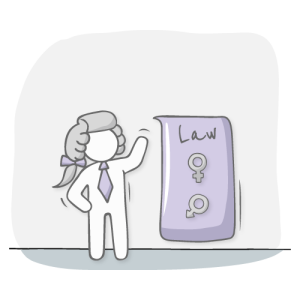
Why is legal gender recognition so important?
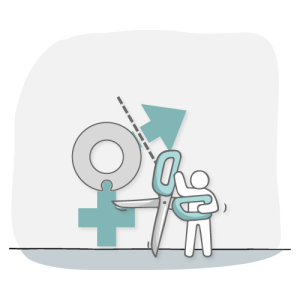
What does sterilisation and gender reassignment mean?
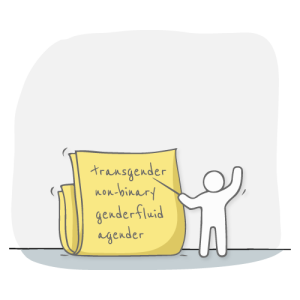
What is the difference between transgender and other non-binary identities?
Transgender relates to individuals who do not identify with their sex or gender at birth. Typically, transgender individuals will identify and feel that they belong to the opposite sex to their sex or gender at birth. So effectively, a man identifies as a female or a female that identifies as male. Non-binary or genderfluid identities are different because some groups cannot identify as male or female. In contrast, others will shift between feminine and masculine, and others will identify off or somewhere within the gender spectrum. Simply put, transgender individuals identify with the gender opposite to their own. In contrast, no single gender defines non-binary people
WHAT ARE YOUR PREFERRED PRONOUNS?
Please select a country from the drop-down list to discover common phrases relating to gender identity recognition
Learn more about the status of Gender Identity Recognition around the world by country name (in alphabetical order). If you want to learn more about any given country, please click on the flag, or the country name, which will open the required content in a new window
LGBTQIA+ POPULATION GROUP BY THE GENDER RECOGNITION STATUS
The estimated number of LGBTQIA+ individuals around the world grouped by the gender identity status
people live in countries that score Very High
people live in countries that score High
people live in countries that score Medium
people live in countries that score Low
people live in countries that score Very Low
WHAT LANGUAGES ARE SPOKEN WHERE

When reviewing data, it is crucial to understand what it represents, whether it reflects the world and the experience of all those affected. Changes within any given country or region are not restricted to a specific month of the year or even are automatically triggered. Change, especially concerning equality, gender recognition, same-sex marriages and the status of gay conversion therapy, often takes work. Typically by many large groups of dedicated and focused individuals advocating and fighting for justice for positive change within their local communities.
The indices have been created to help you understand the world around you; however, engaging with your global community is essential. It is vital, especially if you are familiar with your desired destination. By reaching out and communicating with other members of the LGBTQIA+ community, you can establish critical details. It only takes a small amount of effort in locating people from or those who have already visited your particular destination for advice. Engaging on social media and Gayther’s networking platform, Gayther Affinity, can help you connect with the global LGBTQIA+ community.
EXCEPTIONAL PEOPLE MAKING HISTORY
Gayther...your community resources
Three dedicated websites offer various tools, services, guides, and much more. Free tools and services tailored toward all groups within the global LGBTQIA+ community
There are thousands of events taking place, it is not always easy to know what is going on and when, Gayther can help
RESOURCES TO HELP YOUR FRIENDS, FOLLOWERS, CUSTOMERS…
With over one thousand data points relating to weather stations worldwide, hundreds of LGBTQIA+ country and state travel guides, as well as community-related articles, fun and games, there is something for everyone on Gayther. Help your friends, followers or customers by including a badge or any one of the hundreds of colourful QR Codes within your newsletter, blog, vlog or website to direct them to resources that relate directly to you or your business or service. Discover QR Codes and Gayther Badges today
- The index has been compiled and is correct as of May 31, 2024
- The index has been compiled using a variety of different sources, including news articles, publications and websites such as Wikipedia
IMPORTANT DISCLAIMER: The LGBTQIA+ Gender Identity Recognition index has been compiled based on the rules and laws that exist at a national level, rather than for any given region, state or province. The LGBTQIA+ Gender Identity Recognition index is for illustrative purposes only and does not constitute advice. It is essential that you carry out independent research on any country as laws and regulations change frequently. Though we endeavour to keep all information across the site updated, we do not provide any guarantees to the accuracy and completeness of any information displayed. This page may contain external links to third party websites; Gayther provides these links for your convenience and does not endorse, warrant or recommend any particular products or services. By clicking on any external links, you will leave Gayther and be taken to the third-party website, which you do so at your own risk and by accessing the site, you will be required to comply with the external third party’s terms and conditions of use and privacy policies
Functional Always active
Preferences
Statistics
Marketing
Accessibility
Accessibility modes
Online Dictionary
Readable Experience
Visually Pleasing Experience
Easy Orientation
Home | GAYTHER LGBT
Accessibility Statement
- gayther.lgbt
- December 5, 2025
Compliance status
We firmly believe that the internet should be available and accessible to anyone, and are committed to providing a website that is accessible to the widest possible audience, regardless of circumstance and ability.
To fulfill this, we aim to adhere as strictly as possible to the World Wide Web Consortium’s (W3C) Web Content Accessibility Guidelines 2.1 (WCAG 2.1) at the AA level. These guidelines explain how to make web content accessible to people with a wide array of disabilities. Complying with those guidelines helps us ensure that the website is accessible to all people: blind people, people with motor impairments, visual impairment, cognitive disabilities, and more.
This website utilizes various technologies that are meant to make it as accessible as possible at all times. We utilize an accessibility interface that allows persons with specific disabilities to adjust the website’s UI (user interface) and design it to their personal needs.
Additionally, the website utilizes an AI-based application that runs in the background and optimizes its accessibility level constantly. This application remediates the website’s HTML, adapts Its functionality and behavior for screen-readers used by the blind users, and for keyboard functions used by individuals with motor impairments.
If you’ve found a malfunction or have ideas for improvement, we’ll be happy to hear from you. You can reach out to the website’s operators by using the following email info@gayther.com
Screen-reader and keyboard navigation
Our website implements the ARIA attributes (Accessible Rich Internet Applications) technique, alongside various different behavioral changes, to ensure blind users visiting with screen-readers are able to read, comprehend, and enjoy the website’s functions. As soon as a user with a screen-reader enters your site, they immediately receive a prompt to enter the Screen-Reader Profile so they can browse and operate your site effectively. Here’s how our website covers some of the most important screen-reader requirements, alongside console screenshots of code examples:
-
Screen-reader optimization: we run a background process that learns the website’s components from top to bottom, to ensure ongoing compliance even when updating the website. In this process, we provide screen-readers with meaningful data using the ARIA set of attributes. For example, we provide accurate form labels; descriptions for actionable icons (social media icons, search icons, cart icons, etc.); validation guidance for form inputs; element roles such as buttons, menus, modal dialogues (popups), and others. Additionally, the background process scans all the website’s images and provides an accurate and meaningful image-object-recognition-based description as an ALT (alternate text) tag for images that are not described. It will also extract texts that are embedded within the image, using an OCR (optical character recognition) technology. To turn on screen-reader adjustments at any time, users need only to press the Alt+1 keyboard combination. Screen-reader users also get automatic announcements to turn the Screen-reader mode on as soon as they enter the website.
These adjustments are compatible with all popular screen readers, including JAWS and NVDA.
-
Keyboard navigation optimization: The background process also adjusts the website’s HTML, and adds various behaviors using JavaScript code to make the website operable by the keyboard. This includes the ability to navigate the website using the Tab and Shift+Tab keys, operate dropdowns with the arrow keys, close them with Esc, trigger buttons and links using the Enter key, navigate between radio and checkbox elements using the arrow keys, and fill them in with the Spacebar or Enter key.Additionally, keyboard users will find quick-navigation and content-skip menus, available at any time by clicking Alt+1, or as the first elements of the site while navigating with the keyboard. The background process also handles triggered popups by moving the keyboard focus towards them as soon as they appear, and not allow the focus drift outside it.
Users can also use shortcuts such as “M” (menus), “H” (headings), “F” (forms), “B” (buttons), and “G” (graphics) to jump to specific elements.
Disability profiles supported in our website
- Epilepsy Safe Mode: this profile enables people with epilepsy to use the website safely by eliminating the risk of seizures that result from flashing or blinking animations and risky color combinations.
- Visually Impaired Mode: this mode adjusts the website for the convenience of users with visual impairments such as Degrading Eyesight, Tunnel Vision, Cataract, Glaucoma, and others.
- Cognitive Disability Mode: this mode provides different assistive options to help users with cognitive impairments such as Dyslexia, Autism, CVA, and others, to focus on the essential elements of the website more easily.
- ADHD Friendly Mode: this mode helps users with ADHD and Neurodevelopmental disorders to read, browse, and focus on the main website elements more easily while significantly reducing distractions.
- Blindness Mode: this mode configures the website to be compatible with screen-readers such as JAWS, NVDA, VoiceOver, and TalkBack. A screen-reader is software for blind users that is installed on a computer and smartphone, and websites must be compatible with it.
- Keyboard Navigation Profile (Motor-Impaired): this profile enables motor-impaired persons to operate the website using the keyboard Tab, Shift+Tab, and the Enter keys. Users can also use shortcuts such as “M” (menus), “H” (headings), “F” (forms), “B” (buttons), and “G” (graphics) to jump to specific elements.
Additional UI, design, and readability adjustments
- Font adjustments – users, can increase and decrease its size, change its family (type), adjust the spacing, alignment, line height, and more.
- Color adjustments – users can select various color contrast profiles such as light, dark, inverted, and monochrome. Additionally, users can swap color schemes of titles, texts, and backgrounds, with over seven different coloring options.
- Animations – person with epilepsy can stop all running animations with the click of a button. Animations controlled by the interface include videos, GIFs, and CSS flashing transitions.
- Content highlighting – users can choose to emphasize important elements such as links and titles. They can also choose to highlight focused or hovered elements only.
- Audio muting – users with hearing devices may experience headaches or other issues due to automatic audio playing. This option lets users mute the entire website instantly.
- Cognitive disorders – we utilize a search engine that is linked to Wikipedia and Wiktionary, allowing people with cognitive disorders to decipher meanings of phrases, initials, slang, and others.
- Additional functions – we provide users the option to change cursor color and size, use a printing mode, enable a virtual keyboard, and many other functions.
Browser and assistive technology compatibility
We aim to support the widest array of browsers and assistive technologies as possible, so our users can choose the best fitting tools for them, with as few limitations as possible. Therefore, we have worked very hard to be able to support all major systems that comprise over 95% of the user market share including Google Chrome, Mozilla Firefox, Apple Safari, Opera and Microsoft Edge, JAWS and NVDA (screen readers).
Notes, comments, and feedback
Despite our very best efforts to allow anybody to adjust the website to their needs. There may still be pages or sections that are not fully accessible, are in the process of becoming accessible, or are lacking an adequate technological solution to make them accessible. Still, we are continually improving our accessibility, adding, updating and improving its options and features, and developing and adopting new technologies. All this is meant to reach the optimal level of accessibility, following technological advancements. For any assistance, please reach out to info@gayther.com

